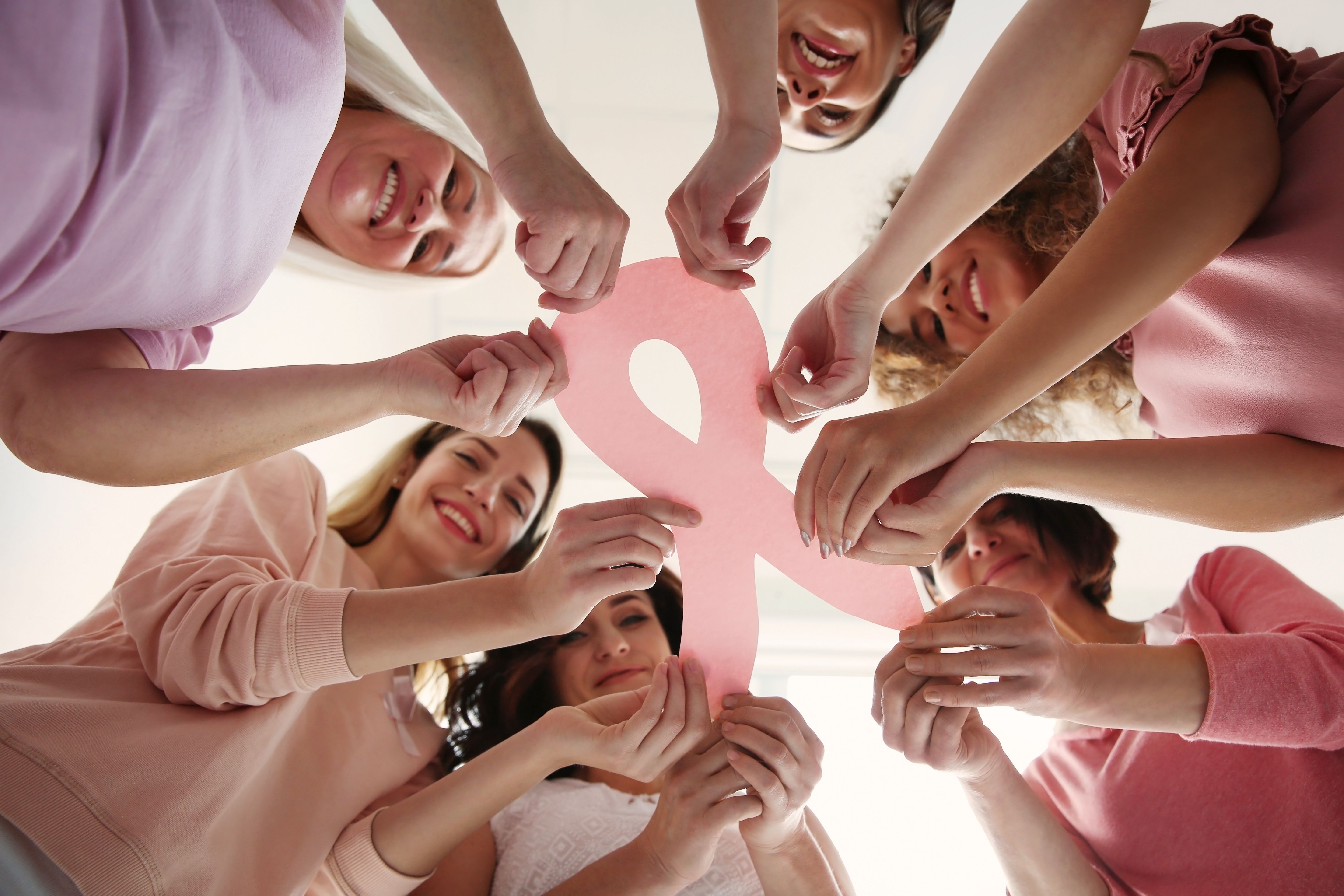Article
We Are The 30%
Metastatic breast cancer will strike 30% of all breast cancer survivors yet only 2% of funds go to research this deadly cancer.
I was watching a breast cancer survivor video the other day, one of those videos that makes breast cancer sound like a positive experience, something that forms you into a better person. And I thought about the videos I'd seen of women with metastatic breast cancer, how those videos have such a different tone. The woman in those videos often looks resigned, far from triumphant, and is often portrayed as just getting by, eeking out what little existence she can, until she finally dies.
Breast cancer survivors are typically portrayed as warriors, as women who have won, and can now go on with the rest of their lives. Articles are written for these women about how to date after surgery, how to conceive children after chemo, how to reintegrate into the work world. Articles written for the metastatic breast cancer audience, in contrast, primarily speak to pain management, disability, approaches in organizing your affairs in preparation for leaving this world. Conferences for the metastatic breast cancer crowd often even have an end-of-life track.
All I have to say is I am sick to death (pun intended) of the end-of-life approach to metastatic breast cancer people.
I fully realize the odds are good that metastatic breast cancer will take me out of this world earlier then I had anticipated. Recently, on the news, the broadcasters were chatting about a website which allows you to upload a photo, and based on the wrinkles and structure of your face, creates an image of what you would look like at a much older age. Based on that photo, the software also guesses how long you will live. At first I was tempted to upload a photo to see what I would look like as an older woman. But then I thought, why not upload a photo to find out how long I would have lived if not diagnosed with stage 4 breast cancer.
These are the odd sort of games we terminally ill play with ourselves. Uploading a photo and seeing how long I would have lived likely would have only pissed me off. I know, based on my family history, I was likely to be kicking far into my 80s or even my 90s. My family has good genes. So how I ended up here, I do not know. Cancer simply does not run in my family.
So back to the video. Yes, I know all about that death stuff. I know how capricious cancer is. I know I am a walking time bomb of "so when will she decline and die?" But that does not mean I sit around considering my decrepit future, obsessing about not-yet pain, or constantly planning my end of life.
Instead, I focus on living.
The truth is that 30 percent of women diagnosed with early stage breast cancer will eventually go on to become stage 4. This may happen within one year of the initial diagnosis, or it may happen twenty years after the initial diagnosis. With breast cancer there is no safe zone. It can come back at any time. In my case, in spite of having regular mammograms, I was immediately diagnosed with Stage 4 breast cancer. I became an instant member of an elite group, the 30%. Lucky me. Or unlucky me.
The trend in support resources for breast cancer shine the brightest light on the earlier stages of breast cancer, treating these patients as the lucky ones, the ones who will move on with life, the ones who have won. And in the same way, the research dollars in breast cancer are mostly focused on this earlier stage crowd. Even though 30 percent of all breast cancer patients will eventually become metastatic, only 2 percent of research dollars go to research for metastatic breast cancer. With breast cancer, prevention is simply not the key. Metastatic breast cancer can strike an already treated woman or man at any point. Because of this fact, prevention of metastasis and cure are the true keys.
In spite of being part of an unlucky club, myself and all my metastatic sisters and brothers continue to live our lives, with just a few adjustments We dance, twirl, hug, love, date, garden, hold babies, and many of us even work. You may not realize that you know someone who is in the 30 percent, we often look healthy and vibrant. But we are all around you. And with advances in cancer treatment, we are thankfully living longer. We are the 30 percent. And we are still alive.
Women and men with stage 4 breast cancer most often do not lay down in resignation and hopelessness. At first it is devastating news, but with time and treatment, most of us learn how to live life in spite of the side effects, the treatments, the setbacks. So maybe it's time the breast cancer world treats the 30 percent with the same respect as the earlier-stage gang. Make a video of one of the 30 percent, showing her in a bright, life-is-to-be lived light. Bring in the glamour makeup artist, blow out that beautiful hair, wig or scarf. Hand that woman a baby. Film her walking in a field of daffodils. Talk about how, in spite of such horrible luck, she is still determined to live her life, love her people, take fabulous vacations, walk the dogs and stroll the babies along the sunny park paths.
I am tired of all this talk of end of life, tired of being overlooked by research and support dollars. As long as my feet can move it along this happy road of destiny, I'm gonna hop and skip my way. And, don't you worry. If you even try to utter the words "end of life" to me or try to deny me my research dollars, those feet will walk right over to you, and I will thwack you in the head. And then I will go back to the business of living.
If you would like to support research in metastatic breast cancer, please donate to www.metavivor.org. 100 Percent of dollars donated to METAvivor fund life-saving research.





